Deuxième partie
Cette pièce regroupe un grand nombre de maquettes (beaucoup à l’échelle 1). Malheureusement le musée était en rénovation à ce moment là et la pièce ressemblait plus à un entrepôt (avec ses bâches en plastique) qu’à un prestigieux musée sur l’exploration spatiale.
Maquette d’une station Saliout.
Système distributeur d’eau, Saliout 6.
Set de nourriture.
Combinaisons, de gauche à droite.
- Chibis (crée une dépression au niveau des jambes pour rediriger le flux sanguin dans le bas du corps).
- Penguin (utilisée pour l’entrainement physique des cosmonautes dans la station Saliout).
- Sokol KV-1 (utilisée dans le vaisseau Soyouz pour pallier à une dépressurisation accidentelle).
Instruments de travail.
Différents artefacts.
Intérieur d’un vaisseau Soyouz.
Capsule de retour d’échantillons Raduga (envoyée par un vaisseau cargo Progress).
Moteur.
Vaisseau Vostok (premier vaisseau spatial). Le cosmonaute prend place dans le module de descente (la sphère), c’est la seule partie qui va revenir sur Terre. Le module de service qui contient les instruments de bords et les systèmes de propulsions se situe en dessous. Il est retenu au module de descente par les quatre lagnières verte (en métal). Il se détache du module de descente juste au moment où celui-ci rentre dans les couches denses de l’atmosphère.
Échantillons de pierre Lunaire.
Satellite Molnya-1 (satellite de télécommunication).
Capsule Vostok.
Siège éjectable Vostok.
Moteur RD-0109. Fonctionne au LOX/Kérosène, utilisé sur le troisième étage, bloc I, du lanceur Vostok.
Satellite.
Bourane-Energia.
Gyroscope.
Satellite Proton-1 (12.2 tonnes). Premier satellite d’une série de quatres, lancés entre 1965 et 1968. Leurs but était d’étudier les particules énergétiques et hautement énergétiques, ils furent les premières charges utiles des fusées Proton.
Matériels de survie à bord du vaisseau Soyouz et Vostok.
Moteur 11D122 ou RD-0120. C’est le moteur du deuxième étage du lanceur Energia, il fonctionne au LOX/LOH.
Combinaison de survie dans en mer.
Vitrines.
Plan du cosmodrome.
Moteur RD-214 (utilisé sur la fusée R-12).
Sonde Mars-3. Cette sonde est dotée d’un atterrisseur, c’est le premier atterrisseur à toucher le sol de Mars, en douceur, le 2 décembre 1971, tandis que la partie satellite est restée en orbite autour de la planète. Lancé le 28 Mai 1971.
Sonde Venera, atterrisseur d’une sonde Venera (planète Venus).
Dans un coin se trouve une petite vitrine présentant l’équipage d’Apollo 11 (première Américaine mission à atterrir sur la Lune) et le Lunakhod.
Lunakhod. Rover Lunaire télécommandé depuis la Terre. Lancés en 1970 et 1973. Lunakhod-1 était le premier robot téléguidé à se poser sur un sol extra-terrestre. Il parcourut 10 540 mètres et envoya 20 000 images dont plus de 200 panoramas. Il a aussi effectué plus de 500 tests sur le sol lunaire.
Luna-16. Première sonde de retours d’échantillons Lunaire. Elle fut devancée par les missions Américaines Apollo 11 et Apollo 12. Lancée le 13 Septembre 1970.
Luna-2. Deuxième sonde envoyée en direction de la Lune, elle s’écrasa dans la Mare Serenitatis. De conception similaire à Luna-1 elle emporte les mêmes instruments et un piège à ion à l’opposé des antennes de communications, le 13 Septembre 1959 elle libère un nuage orange de sodium gazeux en route vers la Lune pour faciliter le suivi de sa trajectoire et étudier le comportement des gaz dans l’espace. Lancée le 12 Septembre 1959.
Système de commande de Luna-9.
Appareil Luna.
Luna-9. Luna-9 est la première sonde à réussir un atterrissage en douceur sur la Lune et à transmettre des photographies du sol. L’atterrisseur proprement dit pesait 99 kg. Cette capsule étanche était munie d’un équipement radio, d’une horloge interne, d’un système de contrôle thermique, d’équipements scientifiques, de sources de puissance et d’un système de télévision. Lancée le 31 Janvier 1966.
Gyroscopes et volants inertiels.
Panneaux de commande du vaisseau Soyouz.
Luna-3. La sonde transmit des clichés de la face caché de la Lune. Bien que de mauvaise qualité, après un traitement informatique, ils furent utilisés dans un atlas sur la face cachée de la Lune. Lancée le 4 Octobre 1959.
Zones d’atterrissage sur la Lune des missions Soviétiques (sondes et rovers) et Américaines (sondes et Apollo).
Zond-3. Sonde envoyée en direction de Lune pour prendre des photos détaillée, c’est la première sonde de la famille Zond à réussir sa mission. Lancée le 18 Juillet 1965.
Coiffe et compartiment de Spoutnik 2. Vaisseau qui emporta la chienne Laïka dans l’espace.
Spoutnik 3 ou objet D. Il devait être le premier satellite lancé mais suites au retards pris dans son élaboration, conception des instruments scientifiques (douze au total). Ces instruments devaient fournir des informations sur la densité de la haute atmosphère, les rayons cosmiques, les rayonnements solaires, la présence de particules de haute énergie et de micro météorites. Mais l’objectif principal de la mission était l’étude des ceintures de radiations de Van Allen, découvertes peu de temps avant par le satellite américain Explorer 1.
Etage MR-1.
Etage MR-12.
Satellite de la famille Cosmos.
Vitrine de documents sur la construction de Baïkonour et les premiers essais.
Fusées.
Section principale et contenant le parachute de la fusée géophysique R-1D.
Sonde cosmique. Lancée 12 Octobre 1967.
Moteur RD-1K3.
Sonde Venera-1. Elle est la première sonde interplanétaire, la communication avec la sonde fut perdu avant son arrivée vers Vénus, par contre l’analyse des données scientifiques permirrent de confirmer la présence de vent solaire dans l’espace interplanètaire. Lancée le 12 Février 1961.
Fusée du GIRD.
Documents du GIRD.
Commentaires
|
Commentaire de Caroline Sheen
|
We would like to obtain the photo of the Venera spacecraft shown on your Web site for use in Air & Space magazine. Could you help us to find the high-resolution version? Thank you.
http://www.buran-energia.com/blog/tsiolkovsky-state-museum-of-the-history-of-cosmonautics/second-area/
- Caroline
|
Commentaire de Vassili Petrovitch
|
Hello,
I just send you the high-res pictures by e-mail.
If you want another pictures just let me know.
Respectfully.
|
Commentaire de David L. Rickman
|
Excellent photos of the Proton 1 satellite. Is it possible to get high res copies of these?
Thanks for posting!
David
|
Commentaire de Vassili Petrovitch
|
yes I can send you high res picture of the Proton satellite.
|
Commentaire de Philippe Vigneron
|
I would like to obtain photos of Konstantin Tsiolkovsky’s flying wing-airship projects and eventually the history of those projects.
Thanking you in advance for your kind understanding.
Best regards
Philippe
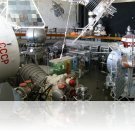
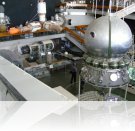
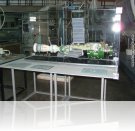
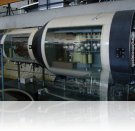
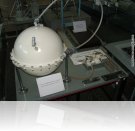
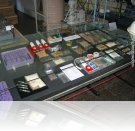
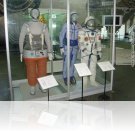
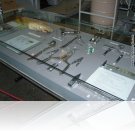
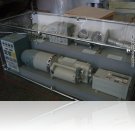
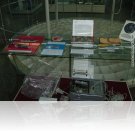
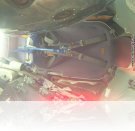
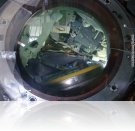
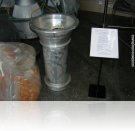
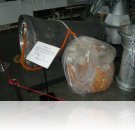
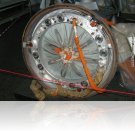
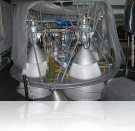
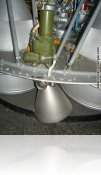

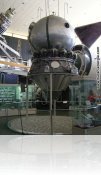
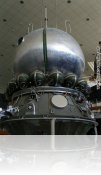
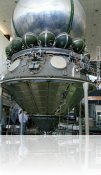
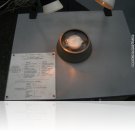
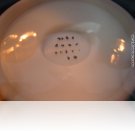
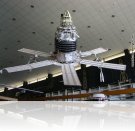
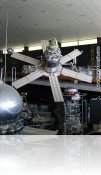
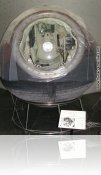
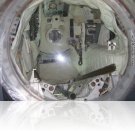
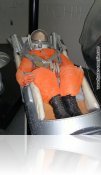
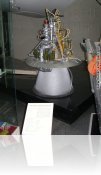
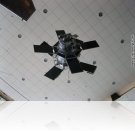
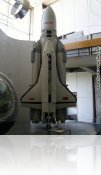
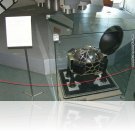
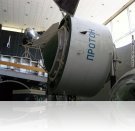
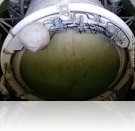
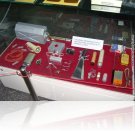
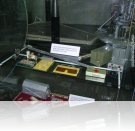
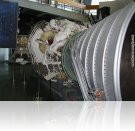
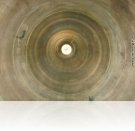
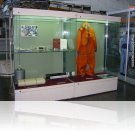
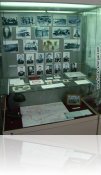
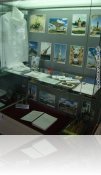
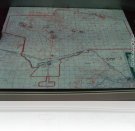
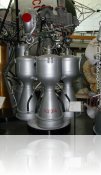
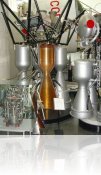
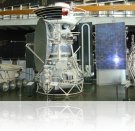
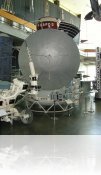
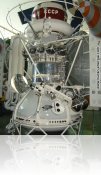
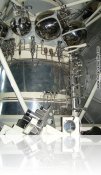
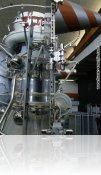
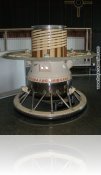
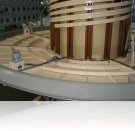
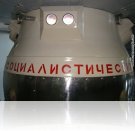
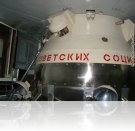
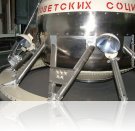
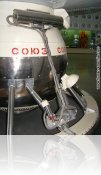
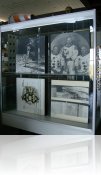
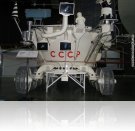
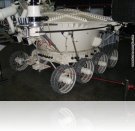
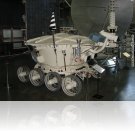
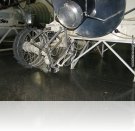
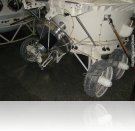
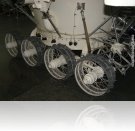
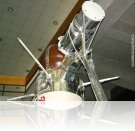
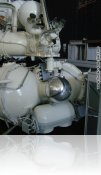
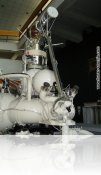
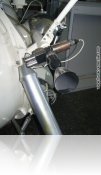
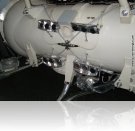
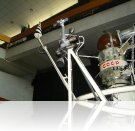
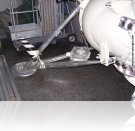
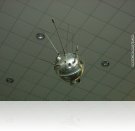
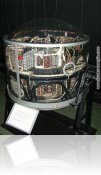
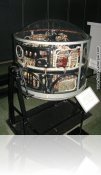
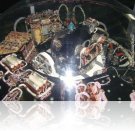
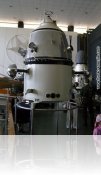
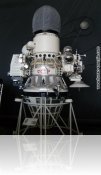
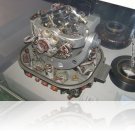
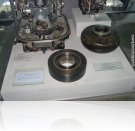
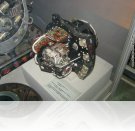
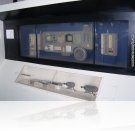
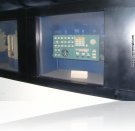
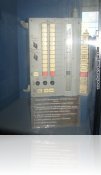
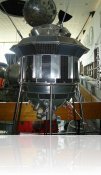
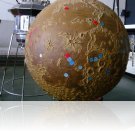
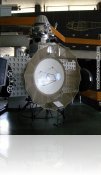
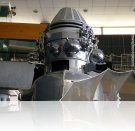
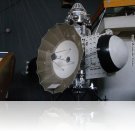
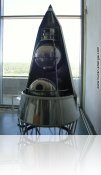
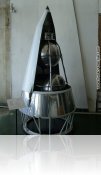
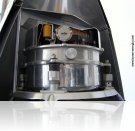
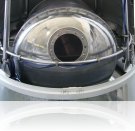
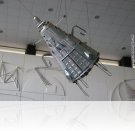
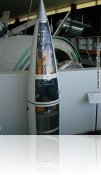
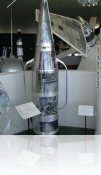
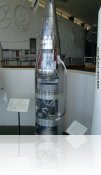
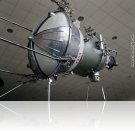
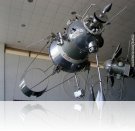
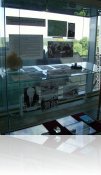
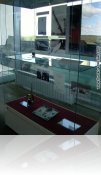
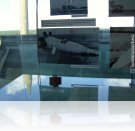
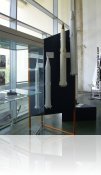
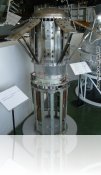
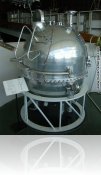
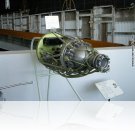
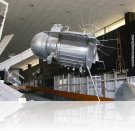
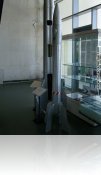
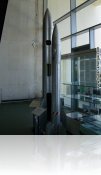
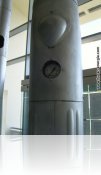
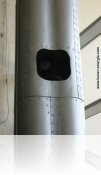
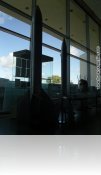
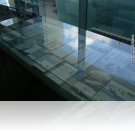
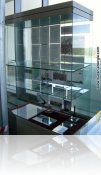
Laissez un commentaire